Table of Contents
ToggleA Landmark Case
Marbury v. Madison was a case heard by the United States Supreme Court, and the decision dates back to February 24th, 1803.
With this judgment, the Supreme Court was given the perfect opportunity to speak out on the principle of judicial review, which is the Court’s power to declare a certain legislative or executive act unconstitutional.
Thus, the Court could shed light on the principle of separation of powers in the United States’ legal landscape.
The case was iconic because it remains a historic landmark ruling to this day. Yet, many people still hold a lot of confusion surrounding this case. As a result, it is pertinent to provide some much-needed clarity on Marbury v. Madison and its significance to the United States legal system.
The Facts of the Case
Historical and Political Background
Marbury v. Madison has to be seen in the context of the historical and political background of the United States at the time.
Less abstractly, it is important to learn that the Federalists held power in the United States until 1800. This ended with the election of that year when the Democratic-Republican Party prevailed.

Then, the Democratic-Republican Party held the majority of votes, and Thomas Jefferson was elected president.
Nevertheless, President John Adams of the Federalist Party would continue his duties until March 4th, 1801. In an attempt to retain as much power as possible, Adams nominated and appointed several judges.
However, because these nominations were all so last-minute, certain judges did not receive their commissions, which is necessary to make the appointments official. One of those judges was William Marbury.
Concrete Facts of Marbury v. Madison
In the meantime, President Jefferson had officially assumed his role as president. And since Marbury could not receive his commission from the Federalist Party, he had to receive certification from the authorities that now held power.
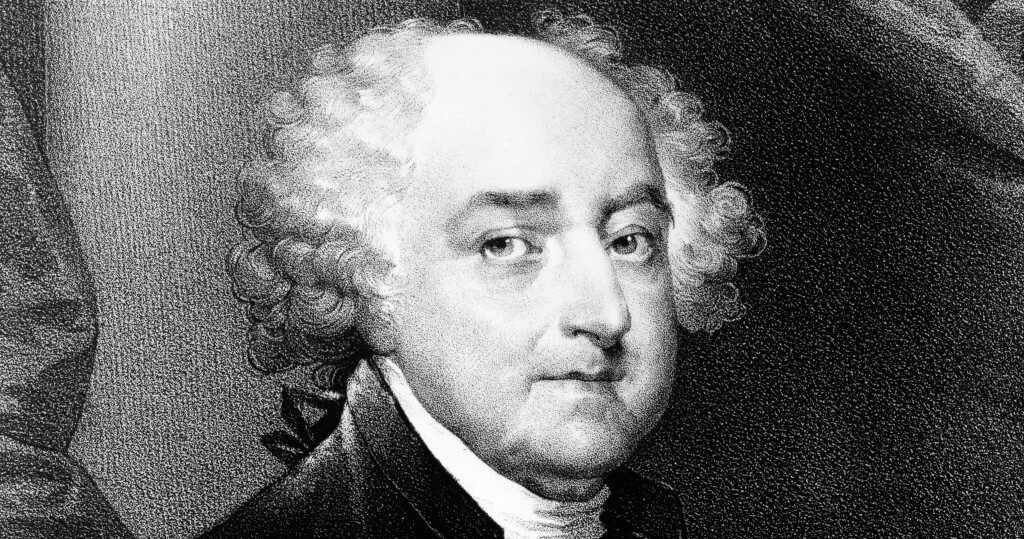
Applied to the status quo in the United States at the time, he had to receive his commission from President Jefferson and Secretary of State James Madison.
Yet, Madison refused to confer the commissions on Marbury under orders from President Jefferson. In response to this refusal, Marbury went to the Supreme Court and applied for a writ of mandamus.
With this order, he wanted the Supreme Court to oblige the federal government to provide the commissions to the judges appointed by Adams in general and Marbury specifically.
Marbury based his application on the Judiciary Act of 1789, which is an act of Congress. According to this law, the Supreme Court could take note of the case.
However, the main issue in Marbury v. Madison was that the United States Constitution forbade the Supreme Court to issue a writ of mandamus since it only provided the option of judging in appeal. Thus, the Supreme Court faced the challenge of which rule to apply.
Legal Questions Asked
On the one hand, the Supreme Court had to judge whether or not President Thomas Jefferson was entitled to order his Secretary of State, Madison, to withhold commissions to Marbury, a judge appointed by his predecessor, John Adams.
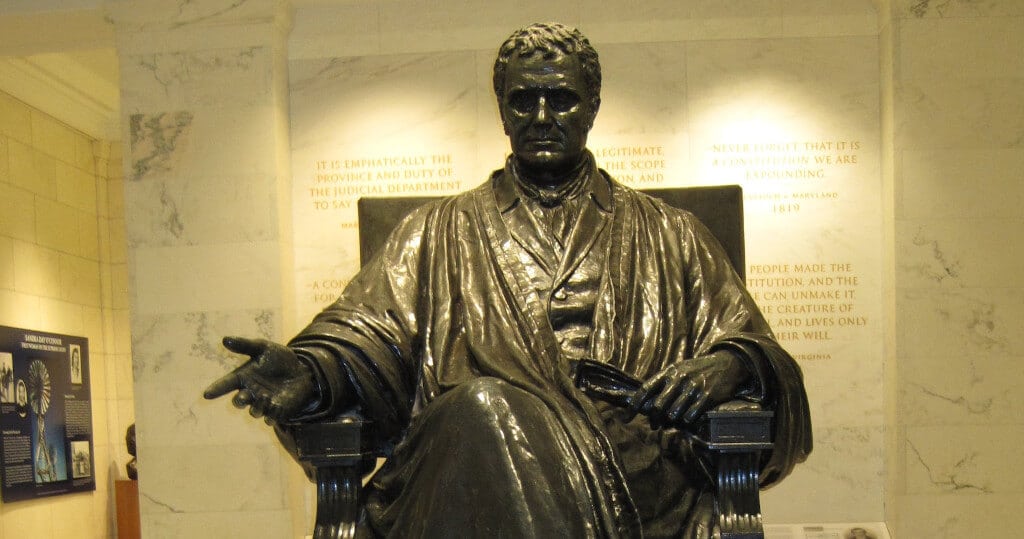
On the other hand, the Supreme Court was faced with more profound legal questions regarding the principle of separation of powers and the status of the United States Constitution concerning other federal legislation.
The Supreme Court, under the guidance of Chief Justice John Marshall, had to answer these legal questions.
The Outcome of the Case
Supreme Court decision
As regards the first legal question, the Supreme Court had to investigate whether or not Marbury’s appointment as a judge by President Adams was legitimate and, thus, whether or not President Jefferson’s order to Madison was legitimate.

In this department, the Supreme Court held that the appointment was legitimate and that President Jefferson could not undo it by refusing to provide commissions to Marbury.
The legal reasoning underlying this Supreme Court decision is that Marbury was appointed Justice of the Peace in the District of Columbia. With this title, the President cannot “fire” the owner of the legal title at will.
Instead, the procedure for appointing Justices of the Peace entails a nomination by the operating President, approval by the Senate, and the signing and sealing of the appointment by the President.
According to this logic, Marbury’s appointment became final and legitimate once President Adams signed it. As a result, neither President Jefferson nor Secretary of State Madison was entitled to block the appointment of Marbury as a judge issued by former President Adams.
The Supreme Court even claimed that Madison was obliged to provide the certificate of appointment to Marbury.
Who Won the Case?
Based on the Supreme Court’s reasoning, one could assume that Marbury “won” the case. And indeed, the Supreme Court confirmed that Marbury’s rights were violated since he did not receive his commission.

Get Smarter on US News, History, and the Constitution
Join the thousands of fellow patriots who rely on our 5-minute newsletter to stay informed on the key events and trends that shaped our nation's past and continue to shape its present.
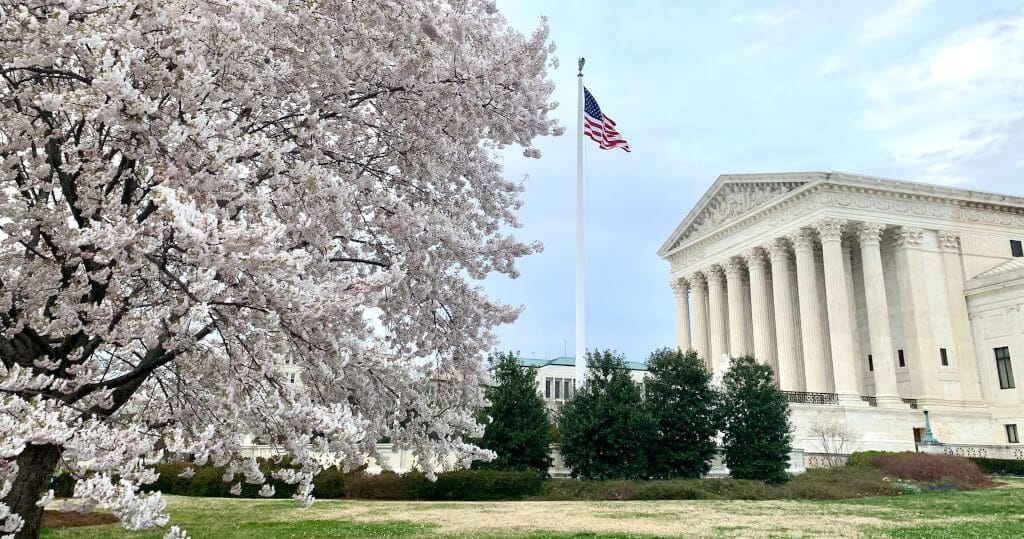
Consequently, the Supreme Court thought he was entitled to legal redress for his suffered damages and that the writ of mandamus was an appropriate tool for this.
Namely, the Supreme Court acknowledged that Madison had to abide by President Jefferson’s wishes in his role as Secretary of State. On the other hand, Jefferson had given Madison an order that was not legitimate.
Thus, the Supreme Court found it appropriate to issue an order to the government in general and Madison specifically to provide the commission to Marbury.
Nevertheless, Marbury did not “win” the case. As mentioned above, he was entitled to a writ of mandamus on the ground of the Judiciary Act of 1789. Yet, the Supreme Court ruled that the Judiciary Act was inconsistent with the Constitution.
Because of this inconsistency, the Supreme Court, under Chief Justice Marshall, declared that it did not have original jurisdiction as defined by Article III of the United States Constitution for the case. And that it could not provide Marbury with the writ of mandamus because the Constitution prevailed.
Essentially, Marbury did have a legitimate claim. However, the lack of original jurisdiction prevented him from receiving legal redress.
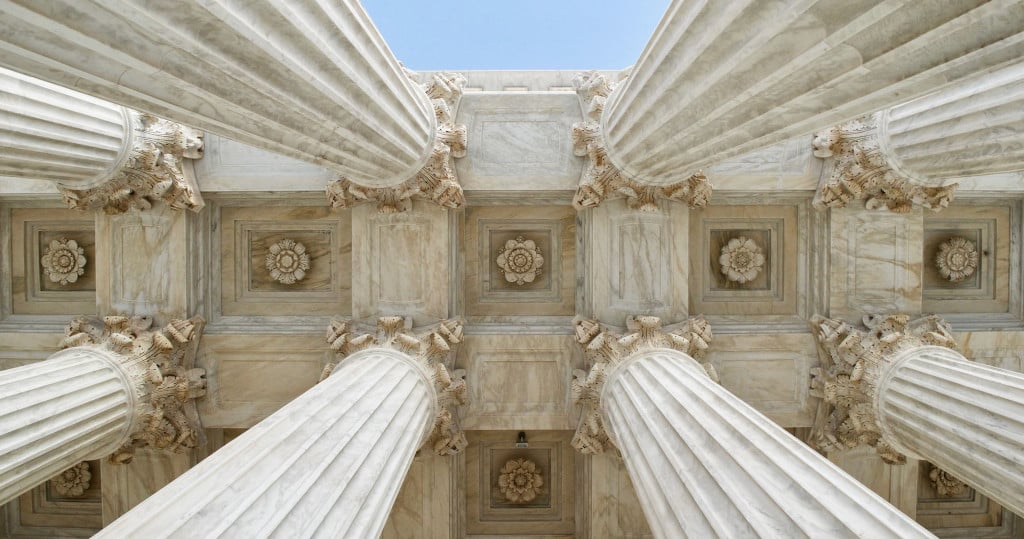
Particular Relevance
The case was not only very clarifying regarding the principle of judicial review in the American legal system but was particularly relevant for another reason. Specifically, Marbury v. Madison was the first time the Supreme Court declared an act of Congress unconstitutional.
Therefore, this case also clearly demonstrated the increasing power of the Supreme Court and the significance of constitutional law. With this case, the Supreme Court rose to the same level as the legislative and executive power of the United States federal government.
Milestone Judgement
All in all, Marbury v. Madison was one of the most significant landmark judgments in United States Supreme Court history.
That is, the case dates back to 1803, but it is still often invoked to back legal arguments concerning the principle of judicial review. Hence, this case shaped a precedent for centuries to come.

Thus, even though Marbury did not win the case, it goes without saying that Marbury v. Madison had much greater significance for American courts and the legal landscape than just the outcome for the individuals involved.
Indeed, the case was incredibly relevant as regards judicial power and the principle of separation of powers as interpreted within the American legal system.
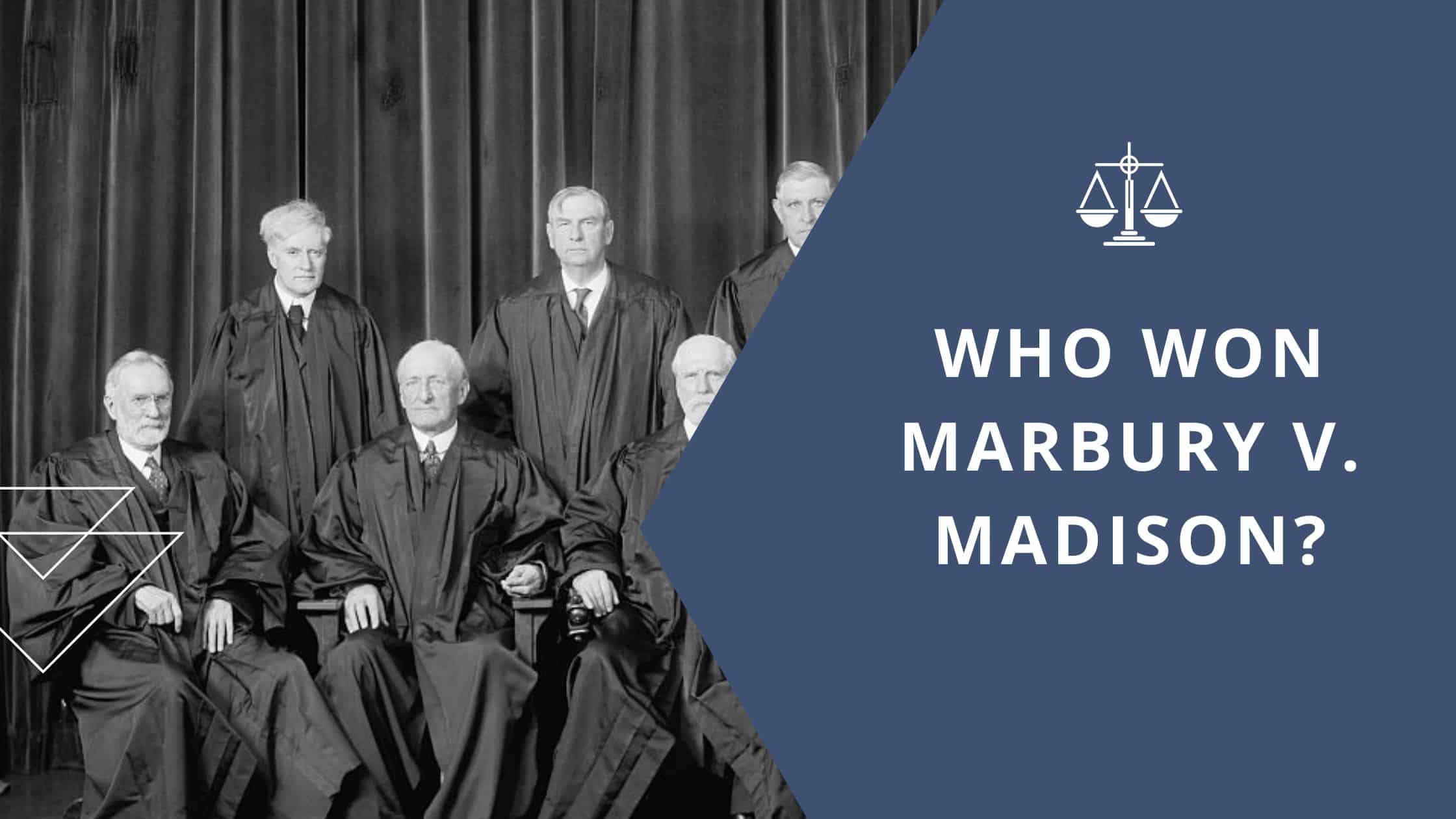











2 Responses
I read the “Establishment Clause” of the First Amendment as forbidding Congress from interfering with the practice of an established religious body such as Christianity or Judaism or Islam or any of the religions recognized as cults, not as Congress forbidding the establishment of a national or state religion.
This case can refer to the Jan 6, issue about the President Trump. The Power of the President ends at Midnight. So if the previous President has a order on this Desk after midnight does the new President have to follow this Order or the Laws of the Constitution? Thomas Jefferson was making a Point here. If he did not Consent to this Appointment why would he be inclined to give this appointment out. He did not Nominate him. This was the failure by President Adams. So by Law of the People of the United States he was in his Right to not give this Appointment out , its like if you have a Bill seating on the Desk it dies. Not the Advice of the other President shall appoint Judges.
“and he shall nominate, and by and with the Advice and Consent of the Senate, shall appoint Ambassadors, other public Ministers and Consuls, Judges of the supreme Court, and all other Officers of the United States,”
This Power ends at Midnight so if there is not a President elect in place then the Office is empty. That is why you have Amendment 20 in place , which the President and Vice President should be Elected separately and not together. And Congress cannot pick the Speaker of the House to be next in line.
“No Senator or Representative shall, during the Time for which he was elected, be appointed to any civil Office under the Authority of the United States, ”
So is the Laws of the Constitution for the United States and the People of the United States ordain and establish this Constitution have Authority of the United States? so is the Office of the United States a Civil Office created by the People of the United States in a Conventions and pass by as a Law of the States? The Office of the President of the United States created by the Union is a Civil Office.